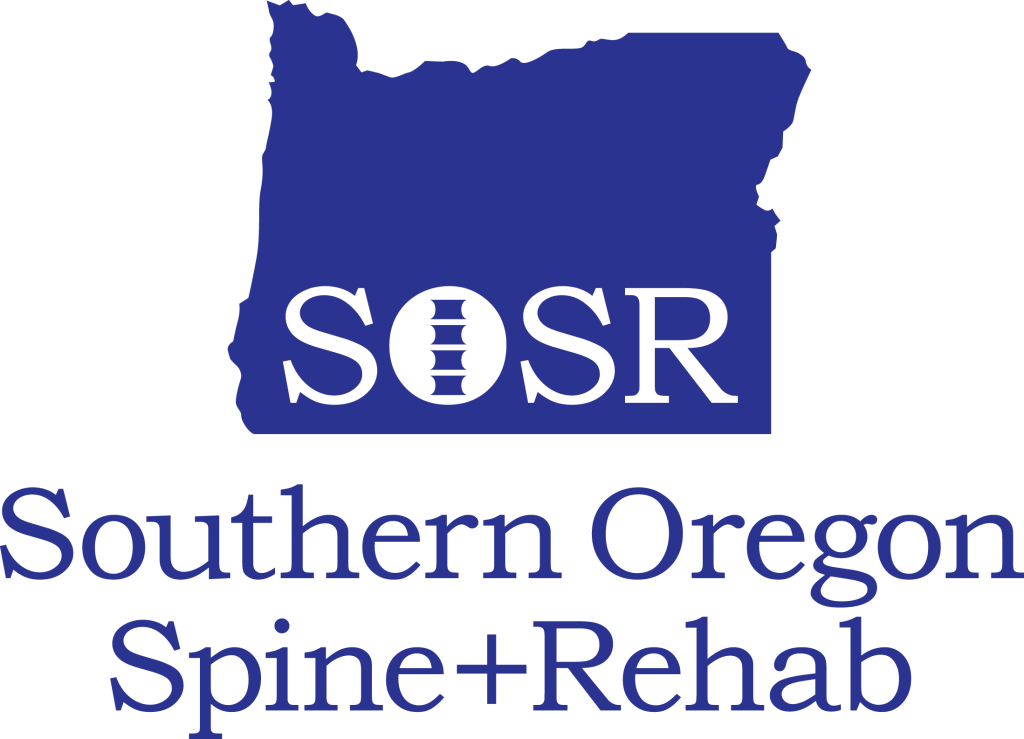Laser Therapy, or “photobiomodulation”, is the use of specific wavelengths of light (red and near-infrared) to create therapeutic effects. These effects include improved healing time, pain reduction, increased circulation and decreased swelling. Laser Therapy has been widely utilized in Europe by physical therapists, nurses and doctors as far back as the 1970’s. Now, after FDA clearance in 2002, Laser Therapy is being used extensively in the United States.
[/et_pb_text][et_pb_accordion admin_label=”Accordion” use_border_color=”off” border_color=”#ffffff” border_style=”solid” toggle_font_size=”14″] [et_pb_accordion_item title=”Does it hurt? What does a treatment feel like?”]
There is little or no sensation during treatment. Occasionally one feels mild, soothing warmth or tingling. Areas of pain or inflammation may be sensitive briefly before pain reduction.
[/et_pb_accordion_item][et_pb_accordion_item title=”Are there any side effects or associated risks? “]During more than twenty years of use by healthcare providers all over the world, very few side effects have ever been reported. Occasionally some old injuries or pain syndromes may feel aggravated for a few days, as the healing response is more active after treatment.
[/et_pb_accordion_item][et_pb_accordion_item title=”How long does each treatment take? “]The typical treatment is 3 to 9 minutes, depending on the size of the area being treated.
[/et_pb_accordion_item][et_pb_accordion_item title=”How often should a patient be treated? “]Acute conditions may be treated daily, particularly if they are accompanied by significant pain. More chronic problems respond better when treatments are received 2 to 3 times a week, tapering to once a week or once every other week, with improvement.
[/et_pb_accordion_item][et_pb_accordion_item title=”How many treatments does it take? “]This depends on the nature of the condition being treated. For some acute conditions 1 to 6 treatments may be sufficient. Those of a more chronic nature may require 10 to 15 (or more) treatments. Conditions such as severe arthritis may require ongoing periodic care to control pain.
[/et_pb_accordion_item][et_pb_accordion_item title=”How long before the results are felt? “]You may feel improvement in your condition (usually pain reduction) after the very first treatment. Sometimes you will not feel improvement for a number of treatments. This does not mean that nothing is happening. Each treatment is cumulative and results are often felt after 3 or 4 sessions.
[/et_pb_accordion_item][et_pb_accordion_item title=”Can it be used in conjunction with other forms of treatment? “]Yes! Laser Therapy is often used with other forms of therapy, including physical therapy, chiropractic adjustments, massage, soft tissue mobilization, electrotherapy and even following surgery. Other healing modalities are complementary and can be used with laser to increase the effectiveness of the treatment.
[/et_pb_accordion_item] [/et_pb_accordion][/et_pb_column][et_pb_column type=”1_2″][et_pb_video admin_label=”Video” src=”https://www.youtube.com/watch?v=h1dnIkTfamk”] [/et_pb_video][et_pb_text admin_label=”Text” background_layout=”light” text_orientation=”left” use_border_color=”off” border_color=”#ffffff” border_style=”solid”]Patient Benefits of Laser Therapy
Laser Therapy is proven to biostimulate tissue repair and growth. The Laser accelerates wound healing and decreases inflammation, pain, and scar tissue formation. In the management of chronic pain Class IV Laser Therapy can provide dramatic results, is non-addictive and virtually free of side effects.
Has effectiveness been demonstrated scientifically?
Yes. There are thousands of published studies demonstrating the clinical effectiveness of Laser Therapy. Among these, there are more than one hundred rigorously controlled, scientific studies that document the effectiveness of laser for many clinical conditions.
Cellular Effects of Laser Therapy
During Laser Therapy the infrared laser light interacts with tissues at the cellular level and metabolic activity increases within the cell, improving the transport of nutrients across the cell membrane. This initiates the production of cellular energy (ATP) that leads to a cascade of beneficial effects, increasing cellular function and health.
Laser Therapeutic Effects
During each painless treatment laser energy increases circulation, drawing water, oxygen, and nutrients to the damaged area. This creates an optimal healing environment that reduces inflammation, swelling, muscle spasms, stiffness, and pain. As the injured area returns to normal, function is restored and pain is relieved.
K-Laser Advanced Technology
K-Laser is leading the way in pain management, tissue repair, safe treatments, and fast treatment times. We are the premier laser company in the USA to offer:
– Dual-Wavelength Beam that Penetrates Deep into the Tissue
– Continuous & Modulating Frequencies to Promote Pain Control and Healing
– SuperPulse Mode for Deeper Therapeutic Penetration
– High Power Delivering Larger Doses, Resulting in Shorter Treatment Times
– Presets that Result in More Consistent and Safe Treatment Outcomes
Dual Wavelength/Dual Frequencies
The K-Laser was the first to employ dual infrared wavelengths simultaneously of 800nm and 970nm. These Dual Wavelengths are more efficient, healing the tissue while also aiding in pain relief. Combining the K-Laser’s Dual Frequencies of Continuous Wave and Modulation assures that each treatment you receive will be from the most advanced Class IV Laser Therapy technology. In addition, the K-Laser SuperPulse treats deeper conditions very effectively.
Numerous studies show that Laser Therapy can help with:
Tendinopathies ∙ Carpal Tunnel Syndrome ∙ Myofascial Trigger Points ∙ Lateral Epicondylitis (Tennis Elbow) ∙ Ligament Sprains ∙ Muscle Strains ∙ Repetitive Stress Injuries ∙ Chondromalacia Patellae ∙ Plantar Fasciitis ∙ Rheumatoid Arthritis ∙ Osteoarthritis ∙ Shoulder, Back & Knee Pain ∙ Herpes Zoster (Shingles) ∙ Post-Traumatic Injury ∙ Trigeminal Neuralgia∙ Fibromyalgia ∙ Diabetic Neuropathy ∙ Venous Ulcers ∙ Diabetic Foot Ulcers ∙ Burns ∙ Deep Edema / Congestion ∙ Sports Injuries ∙ Auto & Work Related Injuries
